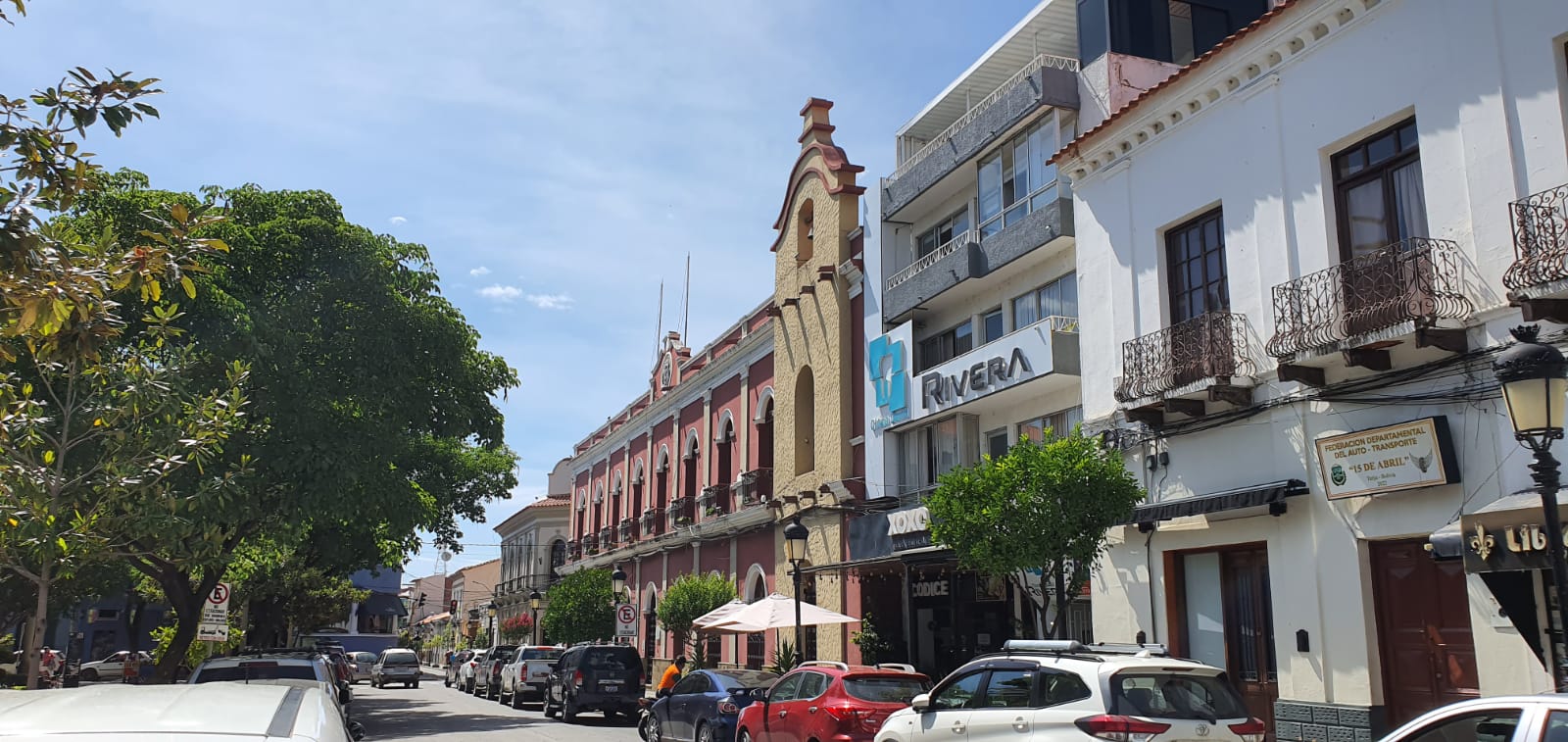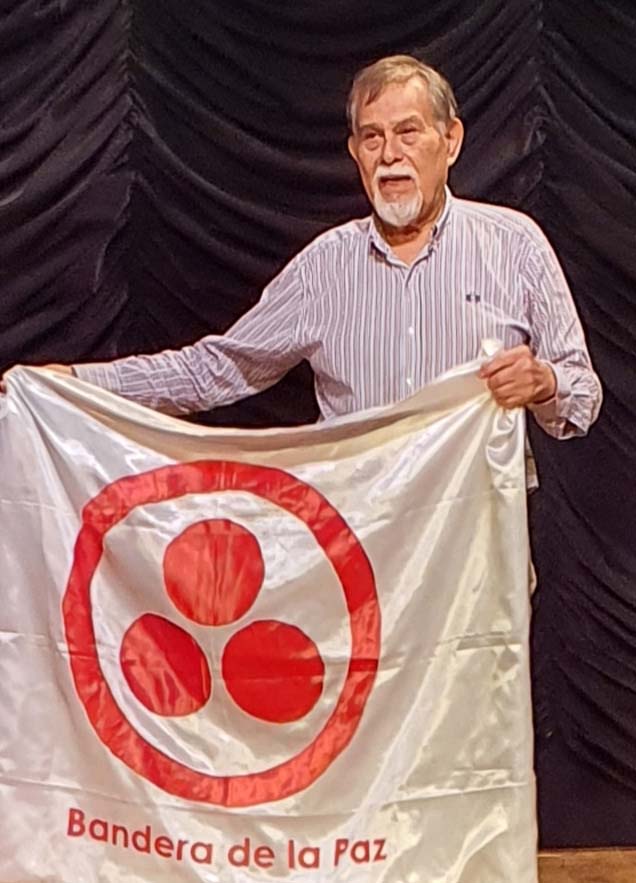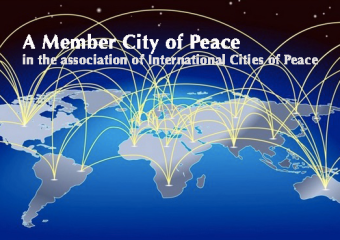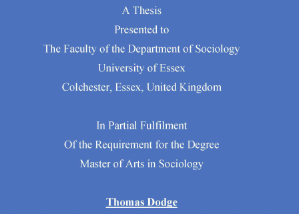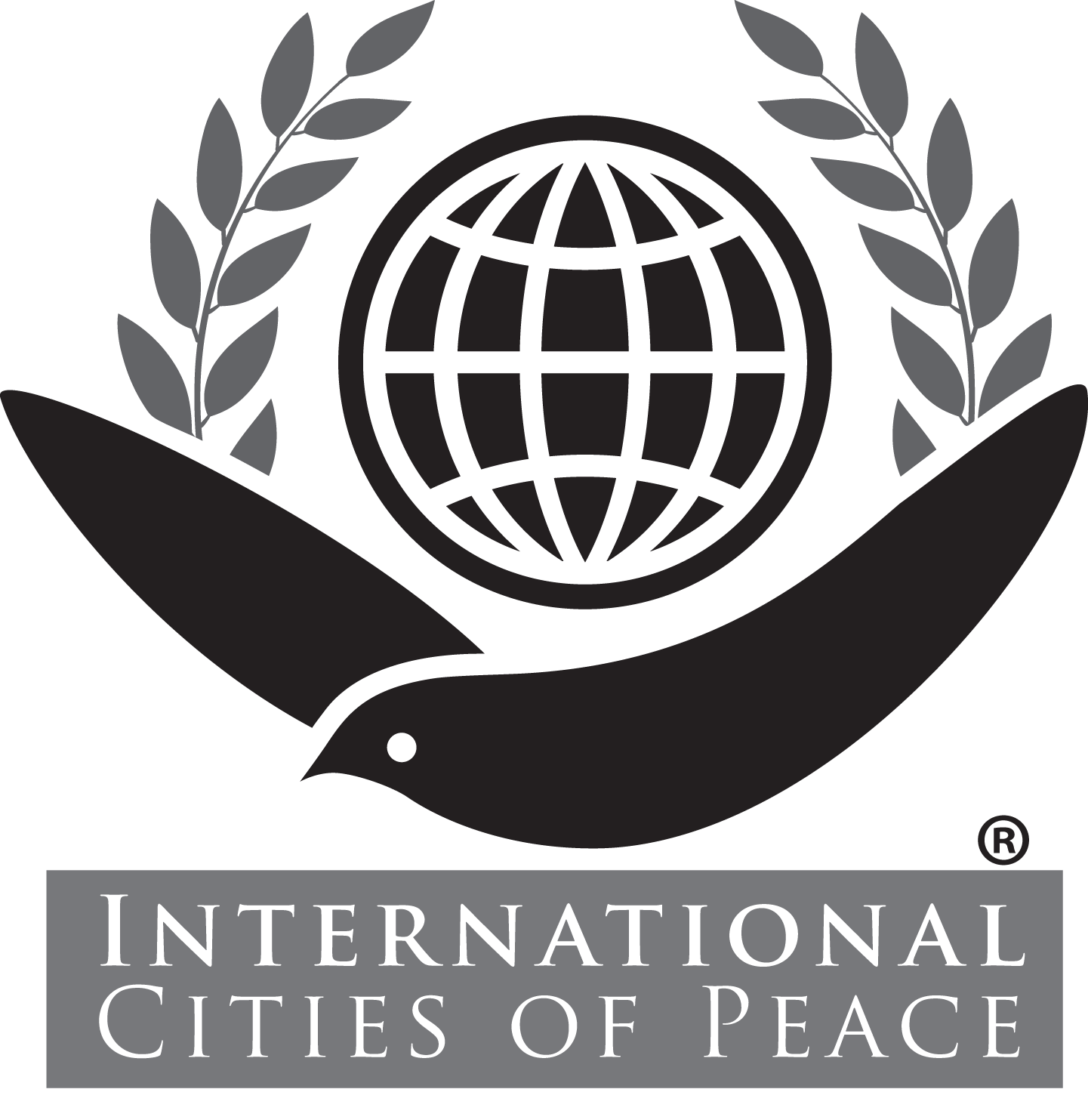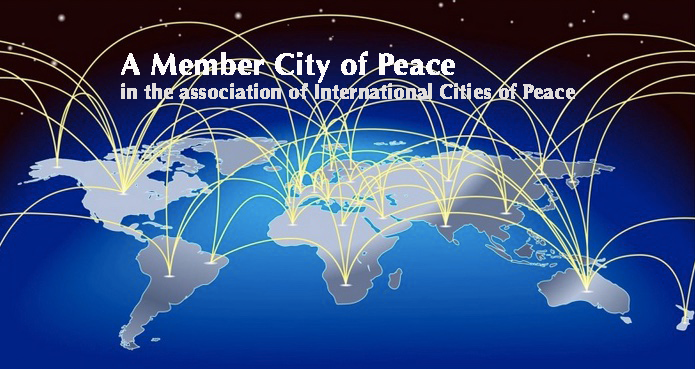
Tarija or San Bernardo de la Frontera de Tarixa is a city in southern Bolivia. Founded in 1574, Tarija is the largest city and capital and municipality within the Tarija Department, with an airport (Capitán Oriel Lea Plaza Airport, (TJA)) offering regular service to primary Bolivian cities, as well as a regional bus terminal with domestic and international connections. Its climate is semi-arid (BSh) with generally mild temperatures in contrast to the harsh cold of the Altiplano (e.g., La Paz) and the year-round humid heat of the Amazon Basin (e.g., Santa Cruz de la Sierra). Tarija has a population of 234,442. History The name of Tarija is said to come from Francisco de Tarija or Tarifa. This group did not include anyone by the name of Francisco de Tarija. Similar-sounding toponyms exist for surrounding places, such as Tariquia and Taxara. In 1826 the citizens of Tarija voted to become part of Bolivia. In 1807, Tarija had become separated from Upper Peru to become part of the jurisdiction of Salta (part of Argentina), but because of its close ties to what became Bolivia, it returned to its original jurisdiction. In 1899, Argentina renounced its claims in exchange for the Puna de Atacama.
PROVISIONS FOR PEACE The Government of the Department of Tarija, aware that a culture of peace must be cultivated and encouraged, considers carrying out various civil and military activities that motivate the population to peaceful coexistence.
Among other activities, it is intended: 1. Issue a Resolution of the Government so that every September 21 of each year, celebrating the “World Day of Peace” the flag of peace can be raised in squares and educational establishments, together with the flag of the Plurinational State of Bolivia and the Flag of the Department of Tarija. 2. Through the Directorate of Culture and Heritage of the Government of the Department, various activities that motivate peace are carried out during the year. Among them, painting contests, stories, poetry, music, theater, declamation and muralism. These activities will be carried out with educational units as well as with regional writers and artists. 3. Incorporate the culture of peace into the official discourse. 4. Maintain the Flag of Peace in the consensus of the official flags.
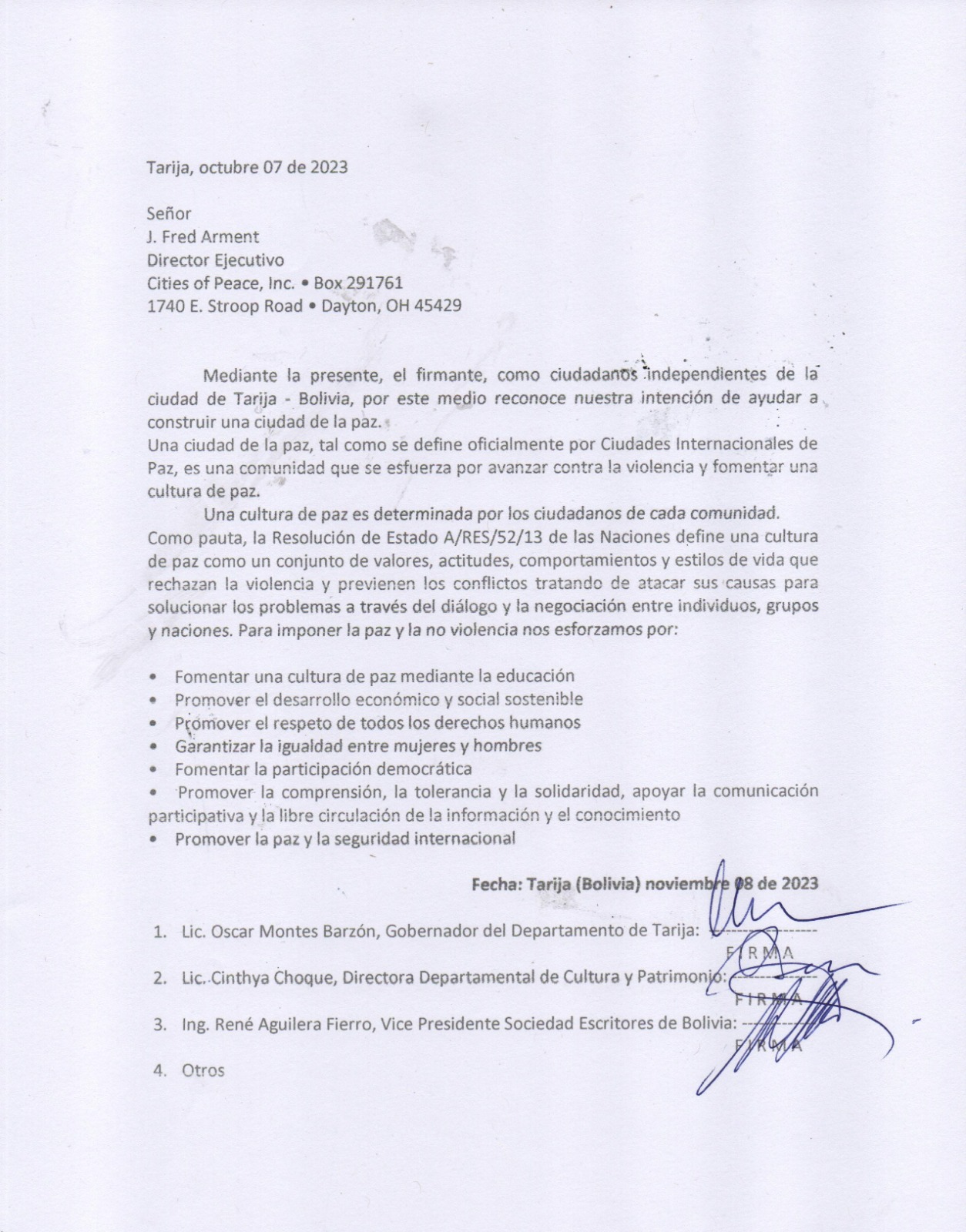
AS A WRITER, I HAVE PUBLISHED 20 BOOKS, WITH SEVERAL REEDITIONS EACH OF THEM, I VISITED MANY COUNTRIES FOR CULTURAL PURPOSES; I RECEIVED RECOGNITIONS AND DISTINCTIONS FROM GROUPS AND INSTITUTIONS RELATED TO THE FIELD OF LETTERS. CURRENT PRESIDENT OF THE UNION OF WRITERS AND ARTISTS OF TARIJA AND, GENERAL SECRETARY OF THE LATIN AMERICAN UNION OF WRITERS (MEXICO HEADQUARTERS). WOOD CARVER, WITH VARIOUS EXHIBITIONS. ON MAY 7, 2015, THE MINISTRY OF EDUCATION OF THE PLURINATIONAL STATE OF BOLIVIA, AWARDED HIM THE GREAT MEDAL FOR CULTURAL MERIT AND, BY MINISTERIAL RESOLUTION, HE RECEIVED THE HIGHEST TITLE OF “TEACHER OF THE ARTS, LETTERS CATEGORY”. IN THE BLUE ROOM OF THE ARGENTINE NATIONAL SENATE (BUENOS AIRES), HE RECEIVED THE DEGREE OF “AMBASSADOR OF PEACE”.
Every September 21 of each year, celebrating the “World Day of Peace”, the flag of peace can be raised in squares and educational establishments, together with the flag of the Plurinational State of Bolivia and the Flag of the Department of Tarija
Note: If information or photos used here are copyrighted, please contact us and we will immediately delete the copyrighted material. admin@internationalcitiesofpeace.org
